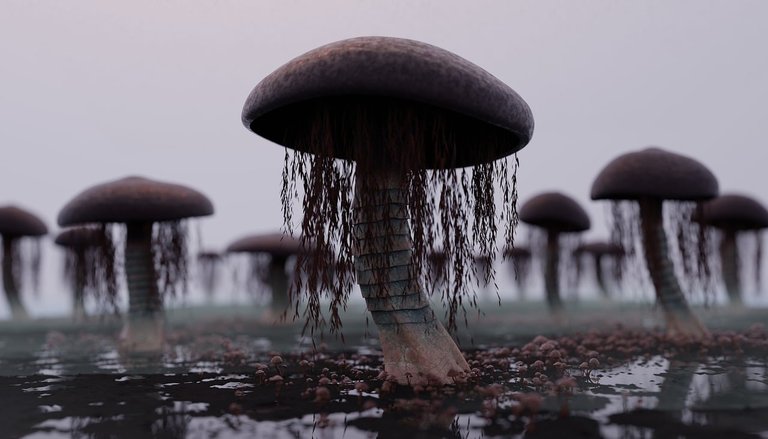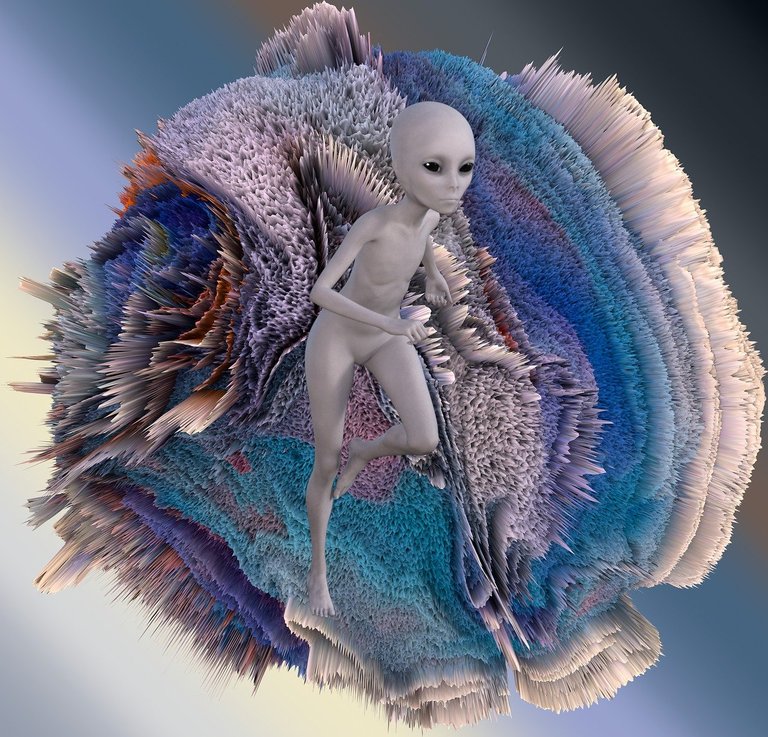Panspermia is an intriguing hypothesis in astrobiology, that life may be found in the Universe and transmitted among planets by cosmic incidents. Instead, panspermia posits that microorganisms or prebiotic material might have travelled in space, seeding life on Earth or on other planets. The term used for this idea is Panspermia, from the Greek word 'pan' (all) and sperma (seed). And this totally changes everything we think about the origin of life: Perhaps life is not an Earth centric phenomenon but maybe it's a common cosmic occurrence.
Lithopanspermia, Ballistic Panspermia and Radiopanspermia
There are many varieties of the panspermia hypothesis. Lithopanspermia posits life could be transported between planets by meteorites, such as Mars rocks blasted off that host microorganisms which ultimately crash on Earth. Ballistic panspermia means microorganisms thrown by volcanic eruptions or asteroid impacts into space and so may be the dispersal of life to other planetary bodies. The idea of Radiopanspermia is that microbial life could travel through space, even long distances, in stellar or solar radiation and survive. These mechanisms are while theoretical.
If life can travel between celestial bodies through the search for extraterrestrial life, then panspermia could be a likely explanation for the origin of life on Earth. 
Directed Panspermia
There is a unique variant of this hypothesis, directed panspermia, which assumes that life may be the thing an advanced extraterrestrial civilization deliberately diffused. Interestingly, Nobel laureate Francis Crick, one of the joint discoverers of DNA’s underlying structure, suggested that extraterrestrials might have by conscious design have sent microorganisms to Earth as part of this scheme. This theory takes a futuristic spin on the theory of panspermia, that life may have spread throughout the universe by a conscious act, to seed habitable planets. Directed panspermia is highly speculative, but it encourages just the sort of thought-provoking discussions about the possibility of intelligent civilizations influencing the spread of life.
Evidence and Challenges
Critical questions are raised by the possibility of life surviving space travel. Space is a hostile environment with radiation, vacuum, and cold so intense. However, according to some extremophiles like tardigrades, this frequency of irradiation is easy enough to endure that panspermia is possible. Organic molecules have been found among others in some meteorites that were found on Earth, such as amino acids, the building blocks of life. In fact, scientists have found that meteorites come from Mars, which means material from other planets, if it's panspermia, can travel between planets. But panspermia can explain how life has spread, but not the origin of life, which is one of the great unsolved mysteries of biology.
My introduction to panspermia and search for extraterrestrial life.
Speculation in the idea of panspermia helps to fuel the idea that maybe life exists beyond Earth. If we can transfer life across space, then microbial or more complex life also might be in the cosmos. Part of the reason to send space missions to Mars, Europa and Enceladus is to search for extraterrestrial life, such as panspermia. They’re intended to find out if life might have arisen on other celestial bodies, in turn helping us learn more about the distribution of life across the universe. Finding life elsewhere in the Universe — be it in another galaxy or even a distant star — is a distant dream. Panspermia, however, not only changes the way we view our planet’s history, but also repurposes our search for life beyond Earth.
Conclusion
Panspermia means that life is spread more widely in the universe than had been believed. It is still an unproven hypothesis, but will help lay out what to think about in the origins and distribution of life. It seems likely that scientists, exploring space, will continue to find evidence that Earth’s life forms are part of a larger, cosmic ecosystem. Panspermia is a crucial idea in Introduction that whether life originated here or brought here, life could survive outside Earth.
All pictures were gotten from pixabay